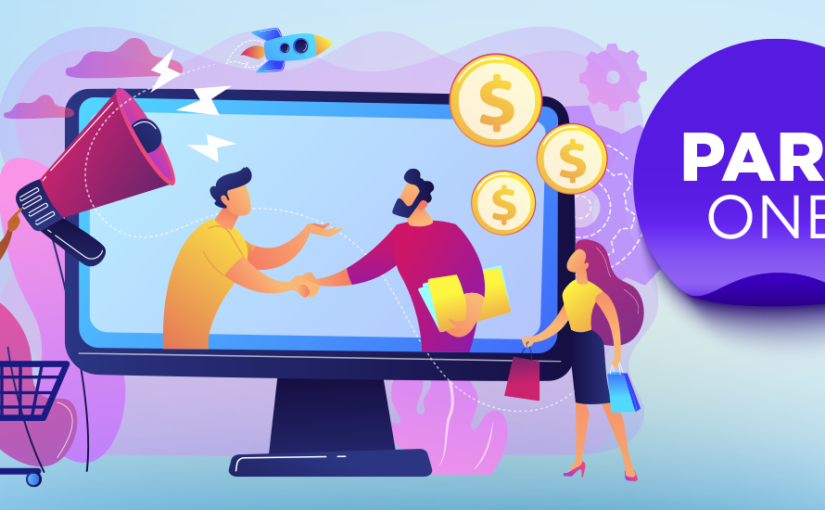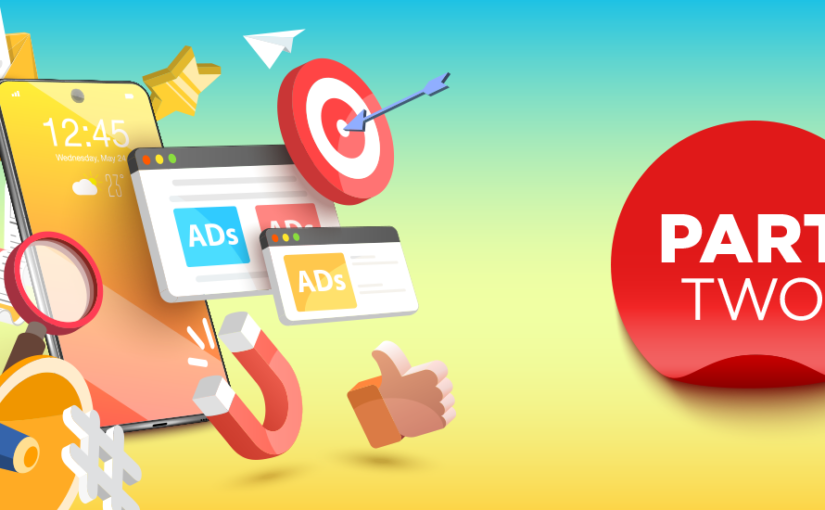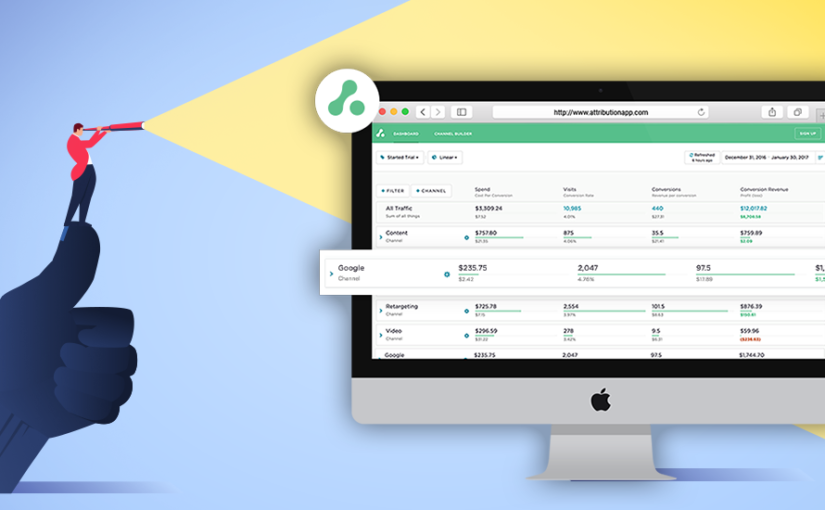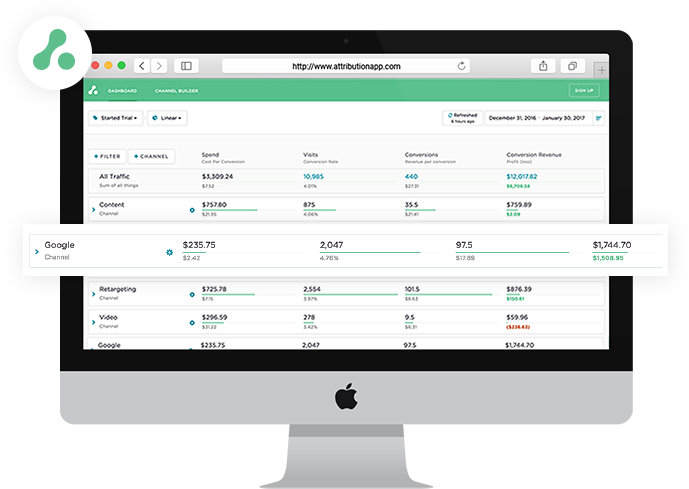There are many ways to expand your brand’s reach and grow product sales through marketing and advertising. One method that can be incredibly effective for brands is affiliate marketing, where your product or service is marketed and promoted by a network of websites, individuals, and other entities in exchange for a commission on each sale.
In this article, the first part of a 2-part series on successful affiliate marketing, we’re going to explore the fundamentals of affiliate marketing, and what is required to position your brand for success.
What exactly is affiliate marketing?
Let’s start at the beginning, with defining what exactly we mean when we refer to affiliate marketing? While your brand has numerous outlets for promoting your products and services, you may choose to offer referrers and resellers a commission to reward them for driving customers to your brand.
Most brands offer affiliate programs free of charge, creating a low barrier to entry for those interested, and they provide the affiliate with tracking links and codes that are to be used in order to ensure a sale is attributed properly.
Payouts are then made according to the schedule and terms that you dictate as the brand, and the size and scale of those payouts, as well as the sales made through the program are a matter of how large your affiliate network is, and how much traffic (and ultimately, customers) they drive to your product or service.
How do affiliate marketers make money?
While the range of income that an affiliate marketer can make varies widely, these affiliates make commissions based on sales generated through their efforts. The payout structure, the thresholds at which they get paid, and many more factors depend on the brand, but they can include any (or some combination of) the following:
- Payment per sale of a product or service, usually via ecommerce
- Payment per action, like an email signup or form submission
- Payment per installation of a mobile app or other type of software
- Payment per lead, paid every time a potential customer signs up for something
- Payment per click, which is more rare, but is simply when a potential customer clicks on an affiliate link
How this is set up is dependent on the brand and the product or service sold, and the method and frequency of payouts also varies widely.
For your brand, this means that you have a motivated salesforce that is only paid if they are successful in their sales. This “commission-only” method means that the only costs to you as a brand are the time and fees associated with running the affiliate program itself.
Ways to get started
If you haven’t started an affiliate marketing program and are curious if it could be right for your brand, one simple thing to do would be to check and see if any of your competitors are doing something similar. In that case, you can do research on how you can structure your commissions and payouts.
As mentioned earlier, the barrier to entry is usually pretty low (most often it is free) for affiliate marketers to get started with a brand, so you want to make sure that your affiliate program is also easy to join. You will need to determine things such as your commission structure, what products or services you want to offer to affiliates, the materials you want to provide to the affiliates.
Then, you will need to recruit affiliates to your program and manage them once they sign up. Depending on the tools and platforms you use, this can range in being easy to do, or difficult if you are managing your affiliates and payouts using spreadsheets and other less than optimal methods.
Conclusion
We hope you’ve learned a little more about how your brand can use affiliate marketing to expand your audience, reach, and ultimately, your sales.
Join us for the next and final part in our series as we discuss some practical tips to be more successful with your affiliate programs by increasing your efficiency, keeping your affiliates happy, and more.
For more information, read more about Attribution or contact us.







